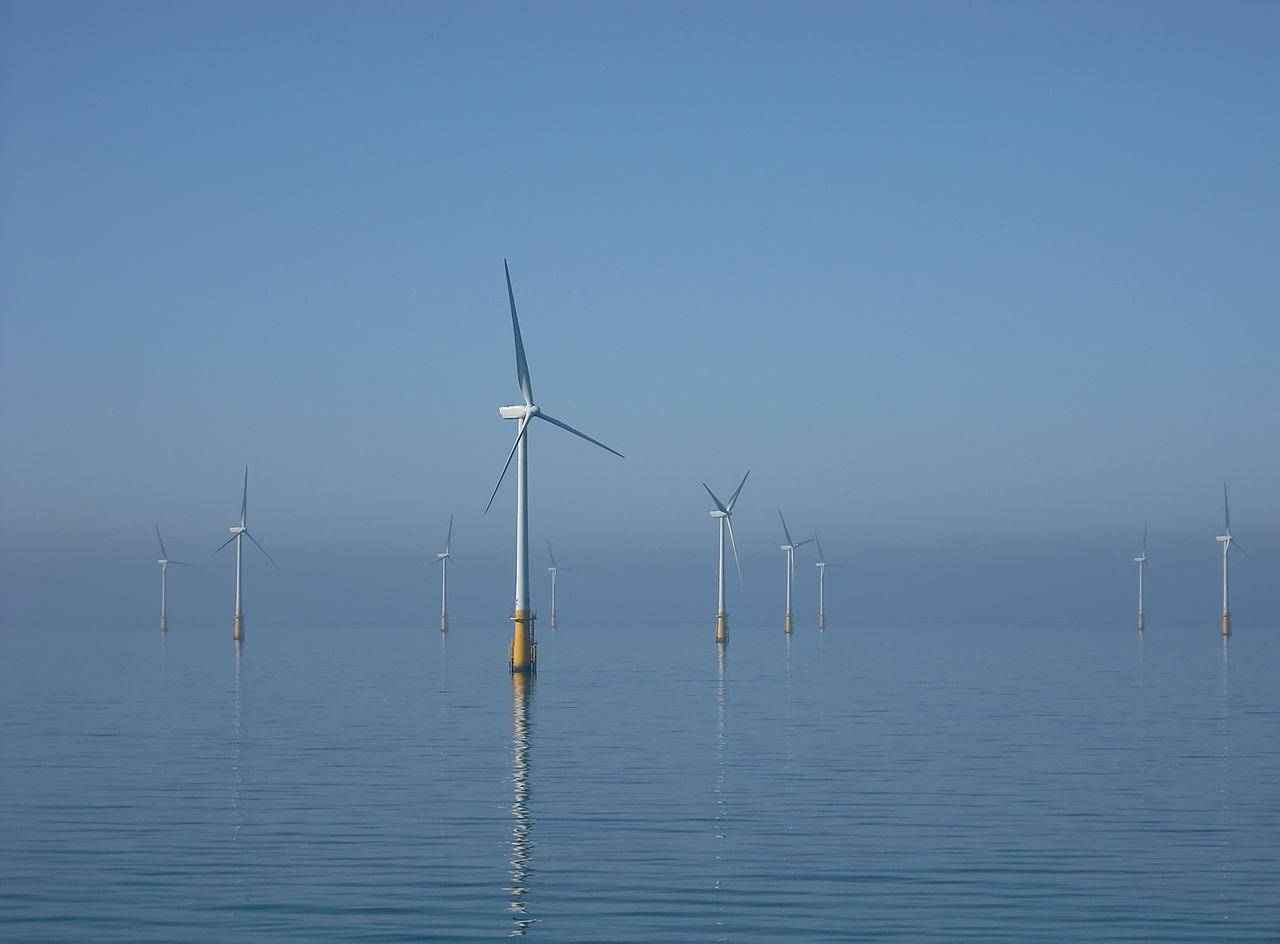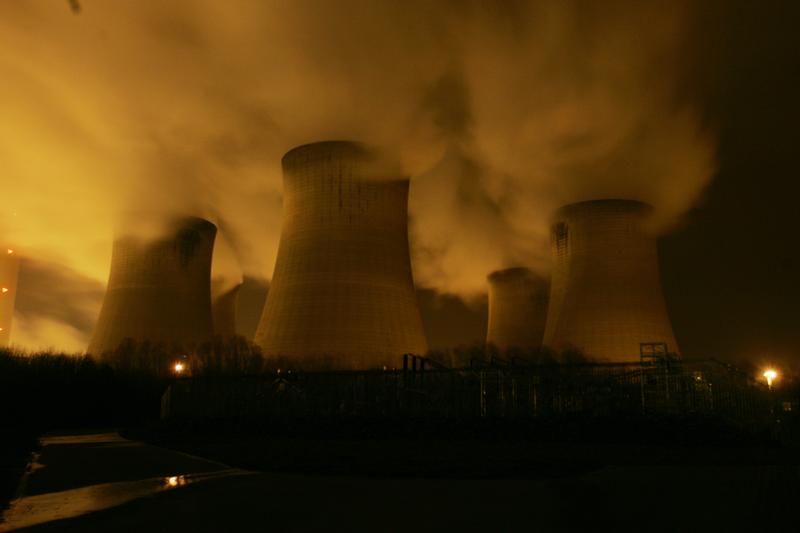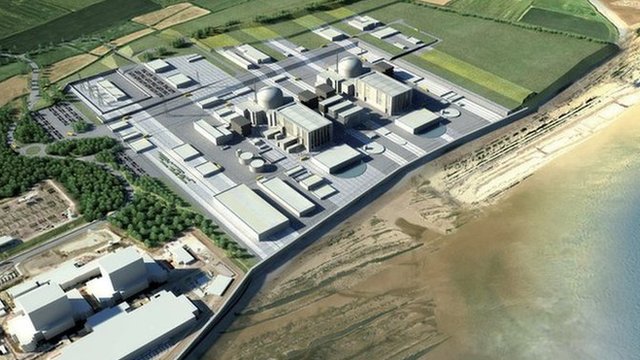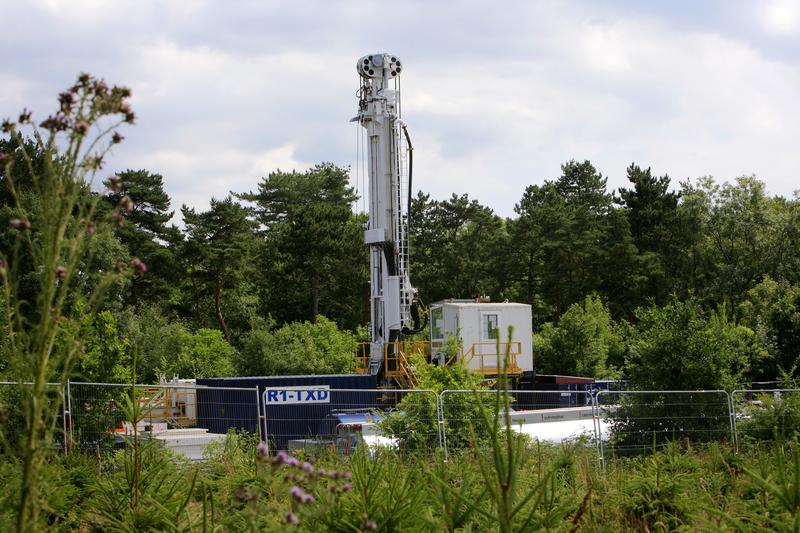Have coalition government budgets delivered on the greenest government ever promise, so far?

The coalition government has come under fire several times for failing to live up to its “greenest government ever” promise – but looking back at the past four coalition budgets through an energy and climate change policy lens reveals that it’s largely been a mixed bag.
Some policies that chancellor George Osborne has either announced or put in his red briefcase are clearly bad value for money, or don’t seem to be fit for purpose (though we’re not addressing the Green Deal or efficiency here).
There are, however, some that have succeeded, and also a number that we will have to wait and see about.
Ahead of next week’s budget (18 March), the final one for this coalition’s term, we examine in detail how these policies have chimed with PM Cameron’s ‘greenest ever’, and ‘vote blue, go green’ pledges.
Green Investment Bank
Of all of Osborne’s proposals, the Green Investment Bank (GIB) is the one that stands out like a beacon in terms of enabling renewables investment and green industry growth.
The bank, which both invests public money and leverages private capital, has invested £1.8bn in the green economy since its inception in 2012, and leveraged private and trust investors to bring the total to £6.6bn.
GIB told Unearthed it has invested in 42 projects and seven funds. This is split across (in order of value): offshore wind; waste and biofuels; energy efficiency; and small scale renewables (hydro and onshore wind), including community schemes.
But the renewables industry and green groups have warned the government is limiting the bank’s potential impact by delaying its borrowing capacity – and have been calling for the GIB to be able to borrow so it can leverage much more investment.
In 2011, Osborne said in his budget speech that the GIB would not have borrowing powers before 2015 – so that’s one announcement to look out for in the upcoming budget.
Carbon Floor Price

The Carbon Floor Price, introduced in 2011’s budget, was the coalition’s policy to get fossil fuels off the system and stimulate renewables investment amid a flailing EU emissions trading system.
But it seems like these good intentions didn’t withstand lobbying from industry, as in 2014 (dubbed the “blackest budget in memory”) the mechanism to make carbon emissions more expensive was frozen from April 2016 as part of a £7bn package to boost the manufacturing industry.
No one with an interest in the outcome of the policy appears to think it will continue to escalate beyond the freeze, which ends in 2020 – which means that the government’s projections that coal would come off the system by 2027 would no longer hold, according to a study by Imperial College London.
If this is true, then it doesn’t sound very ‘green’ by any measure, as coal is the highest CO2-emitting fossil fuel, and in the absence of a rising carbon floor price there is no clear policy to take coal out of the power generation mix.
CCS
Something that could potentially make a dent in the carbon emissions from coal and gas plants is carbon capture and storage (CCS). The Prime Minister regards it as central to delivering decarbonisation in UK, so whatever one’s views on the desirability or likely effectiveness of CCS it ought to be a key test of whether Government is serious about the low carbon challenge.
In 2013 Osborne announced his intention to take forwards two CCS projects in the UK as part of a £1bn CCS competition, and last year he said he was stumping up £60m for “new low carbon innovation” to support the nascent technology. CCS has the “significant potential to reduce the cost of low carbon generation”, he added.
There are currently two sites doing feasibility studies into CCS funded by public money as part of this competition – Drax and Peterhead. We won’t know until the end of the year how successful these forays have been and a decision on the competition. Also, as it’s super early days for the technology, it’s difficult to tell if it will deliver value for money for cutting carbon.
So it’s pretty early to judge whether Government has lived up to it’s own thinking in seeking to deliver CCS.
Hinkley

Hinkley C (illustration shown above) was namechecked in Osborne’s 2013 budget speech as his “low carbon economy” move, describing it as a “major step forward for new nuclear”.
The new reactor – which the government’s climate advisors, the Climate Change Committee say could emit six grams of CO2 per kilowatt hour (unit of electricity) – will be seen by some as the government’s greatest climate win.
However, the Hinkley deal – which would tie in public money to support a 35-year index-linked price guarantee (‘strike price’) of £92.50 per MWh – appears to be poor value for money for the UK consumer.
This has been recently highlighted in the wake of the first Contracts for Difference auction; the results suggested that UK onshore wind and solar are looking more economical than the Hinkley C contract.
Plus, in terms of boosting economic growth, the Hinkley deal would see the subsidy propping up EDF, which is a French company, and its Chinese investors.
The contract was approved under European competition law – but Austria and Luxembourg intend to contest this.
North Sea oil and gas

The UK’s North Sea oil and gas industry – which is currently being desperately squeezed by the low oil price – looks like it might be on the agenda for next week’s budget, after calling for further tax breaks.
Tax relief and £3bn new allowances for the industry were announced in 2012 budget.
There are small and declining amounts of oil and gas in the North Sea, so continuing to focus on a declining the industry rather than further invest in efficiency, electrification, renewables and other technologies such as storage and interconnection could be a risky economic strategy.
Furthermore, a third of known oil reserves need to stay in the ground according to a recent UCL study published in Nature – the author suggests developing new fossil fuel extraction sites is not economical in a world with maximum 2 degrees of warming.
Some of the North Sea oil and gas could be counted as ‘existing reserves’ that could be extracted under a 2 degree threshold, but presumably some might not. The oil fields west of Shetland are described by industry as having “massive unexplored potential”.
So the compatibility of this further stimulation of oil and gas extraction and the government commitment (along with most other countries) to 2 degrees of warming isn’t straightforward.
Fuel tax
The raising and lowering of vehicle fuel tax is the biggest fiscal signal on decarbonisation the government has at its disposal – but there’s a problem with a high fuel tax when the use of cars is so embedded in our lives – and high fuel prices can hit the poor the hardest.
A policy called the “fair fuel stabiliser” was introduced in the 2011 budget to try and address these issues at a time of a high oil price, replacing the “fuel price escalator”. In 2012 there were no changes to fuel duty, which was maintained at around 3p per litre, while in 2013 and 2014 the chancellor cancelled the planned fuel duty increases.
However, Osborne said back in 2011 “if the oil price sustains a fall below $75 – and we will consult on the precise figure – we will reintroduce the escalator”, the point being to protect North Sea oil and gas.
The oil price has been at a low level since June last year, dipping below the $50 mark, and is Brent crude is currently around $60 per barrel – so watch out for an announcement on this in the budget.
Fracking

The government – led by David Cameron – has been on a massive “dash for gas” and “going all out” for fracking. In the 2013 budget Osborne underlined this, saying: “Shale is part of the future. And we will make it happen”. To that end he introduced what he called the most generous allowances in the world for new shale gas fields.
The problem is, with the low oil price, exploiting shale gas in the UK is looking more and more unprofitable (Something Cuadrilla’ CEO Francis Egan denies).
Apart from this, the UK’s Environmental Audit Committee recently found that fracking is ‘incompatible’ with UK climate targets – even though gas has a comparatively low carbon intensity compared to coal. This means the fracking push signifies some serious minus points on the ‘greenest ever’ promise.
Additional reporting Daniel Jones

